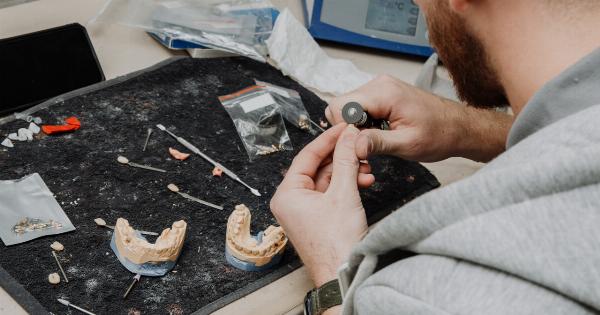Spinal treatments have come a long way in recent years due to advancements in technology and techniques.
The development of minimally invasive and transdermal methods of administering medicine have enabled quicker recovery times and reduced trauma for patients. In this article, we will explore the latest advancements in transdermal and minimally invasive spinal treatment.
Transdermal Techniques
Transdermal techniques use the skin to administer medication directly to the affected area of the spine. One of the most popular transdermal techniques is the use of patches that contain medication.
These patches are applied to the skin and release the medication slowly over a specified period. This method is often used for pain relief or to reduce inflammation.
Another transdermal technique that is gaining popularity is the use of iontophoresis. This technique uses an electrical current to deliver medication through the skin to the affected area of the spine.
The electrical charge helps the medication penetrate the skin and reach the affected area more effectively. Iontophoresis is often used for conditions such as sciatica and herniated discs.
Minimally Invasive Techniques
Minimally invasive techniques are procedures that are performed with as little disruption to the body as possible. These techniques often use small incisions and specialized tools to minimize trauma to the surrounding tissues.
One of the most popular minimally invasive techniques for spinal treatment is endoscopic surgery.
Endoscopic surgery uses a small camera and specialized tools to operate on the spine through small incisions. The surgeon is able to view the affected area on a monitor and perform the surgery with precision and accuracy.
This technique reduces the risk of complications and enables faster recovery times for patients.
Radiofrequency Ablation
Radiofrequency ablation is a technique that is used to reduce pain in the spine by burning the affected nerves. A small needle is inserted into the affected area and a radiofrequency generator is used to heat the needle.
The heat burns the nerves, reducing their ability to transmit pain signals to the brain.
This technique is often used for conditions such as spinal stenosis and arthritis. It provides long-lasting pain relief and enables patients to return to their normal activities more quickly.
Radiofrequency ablation is a minimally invasive procedure that can be performed on an outpatient basis.
Vertebroplasty and Kyphoplasty
Vertebroplasty and kyphoplasty are minimally invasive procedures that are used to treat compression fractures in the spine. Compression fractures occur when a vertebra in the spine collapses, causing pain and reducing mobility.
Vertebroplasty involves the injection of bone cement into the affected area of the spine. The cement hardens and stabilizes the vertebra, reducing pain and restoring mobility.
Kyphoplasty is similar to vertebroplasty, but also involves the use of a balloon to expand the collapsed vertebra before the injection of cement. This technique restores more of the original shape of the vertebra and provides better outcomes for patients.
Conclusion
Transdermal and minimally invasive techniques are changing the way spinal treatments are performed. These techniques offer faster recovery times, reduced trauma, and better outcomes for patients.
As technology and techniques continue to improve, we can expect even more advancements in the field of spinal treatment.





























